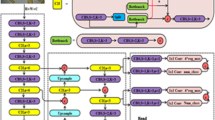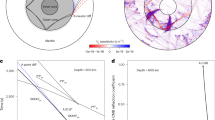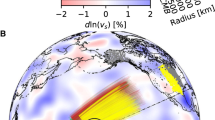Abstract
IT is obvious that the bow seen by Mr. Warner and described in NATURE of January 28 (p. 296) was the “Ulloa's ring,” the “Nebelbild” or “Brockengespenst” of the Germans, fully explained by Fraunhofer. The oval form is a necessary consequence of our seeing the sky as a depressed vault or segment of a hollow. sphere, as I have demonstrated it in my “Meteorologische Optik,” I. Abschnitt, p. 29 ff.; see especially p. 33, Fig 5.
This is a preview of subscription content, access via your institution
Access options
Subscribe to this journal
Receive 51 print issues and online access
$199.00 per year
only $3.90 per issue
Buy this article
- Purchase on SpringerLink
- Instant access to full article PDF
Prices may be subject to local taxes which are calculated during checkout
Similar content being viewed by others
Author information
Authors and Affiliations
Rights and permissions
About this article
Cite this article
PERNTER, J. Curious Shadow Effects . Nature 69, 369 (1904). https://doi.org/10.1038/069369b0
Issue date:
DOI: https://doi.org/10.1038/069369b0



